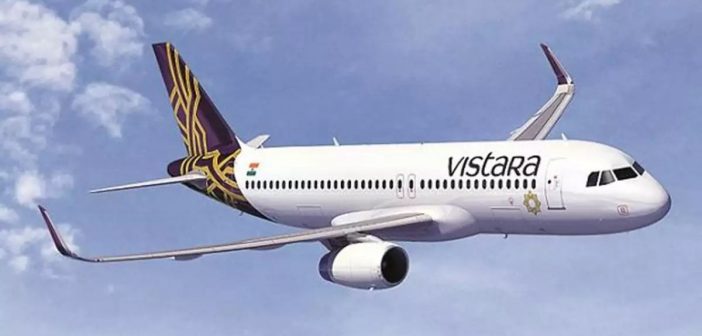The skies above us are a constant ballet of commercial airliners, carrying passengers to far-flung destinations. But ensuring the safety of these flights goes beyond simply maintaining the aircraft. It hinges on the well-being of the crew, particularly the pilots, who shoulder immense responsibility. This is where Flight Duty Time Limitations (FDTL) come into play.
FDTL: The Science Behind Safe Skies
FDTL are regulations that dictate the maximum amount of time a pilot can be on duty, including flight time and other work-related activities. This isn’t just about fairness; it’s rooted in science. Pilot fatigue is a significant threat to aviation safety. Extended working hours disrupt sleep patterns, leading to impaired judgment, decreased reaction times, and heightened stress.
The consequences of pilot fatigue can be catastrophic. The International Civil Aviation Organization (ICAO) acknowledges this risk, and many countries, including India, have established FDTL guidelines based on ICAO recommendations. These guidelines consider factors like flight duration, time zones crossed, and night flying, which is known to be more demanding.
Significance of FDTL: A Balancing Act
Strong FDTL regulations are crucial for several reasons. First and foremost, they prioritize passenger safety. A well-rested pilot is better equipped to handle emergencies and make critical decisions during flight.
Second, FDTL promote pilot well-being. Overworked pilots are more susceptible to health problems and burnout. Enforced rest periods allow them to maintain physical and mental fitness, ultimately benefiting their careers and personal lives.
However, FDTL create a complex challenge for airlines. Stringent regulations can restrict scheduling flexibility, potentially leading to:
- Flight cancellations or delays: With limited pilot availability, airlines may be forced to cancel or delay flights, impacting customer service and potentially causing revenue loss.
- Increased operational costs: Airlines might need to hire additional pilots to accommodate stricter FDTL, raising their payroll expenses.
- Scheduling complexities: Creating flight schedules that adhere to FDTL while maintaining efficiency can be a logistical challenge for airlines.
The Case of Vistara: Balancing Growth with Safety
India’s aviation industry is a fast-growing market. Vistara, a relatively new airline, has carved a niche for itself with its focus on premium service. However, Vistara has also faced its share of challenges, including a recent incident where a pilot suffered a cardiac arrest. This incident, along with others in the Indian aviation sector, highlighted concerns about pilot fatigue.
In response, India’s aviation regulator, the Directorate General of Civil Aviation (DGCA), implemented stricter FDTL regulations in early 2024. These new rules mandated increased rest periods for pilots and limited night flying.
While these regulations prioritize safety, they undoubtedly pose challenges for airlines like Vistara. The airline needs to adapt its scheduling and potentially increase pilot recruitment to comply with the stricter FDTL. This could lead to increased operational costs and potential scheduling disruptions.
Finding the Optimal Altitude: A Delicate Balance
The ideal scenario lies in achieving a balance between robust FDTL and efficient airline operations. Here are some potential solutions:
- Technology and Automation: Utilizing advanced cockpit technologies and automation systems can potentially reduce pilot workload, allowing for longer flight times within the FDTL framework.
- Fatigue Risk Management Systems (FRMS): Implementing FRMS allows airlines to monitor pilot fatigue levels and proactively manage scheduling to mitigate risks.
- Pilot Training: Regular training programs focusing on fatigue awareness and management can empower pilots to recognize and address fatigue symptoms.
Conclusion: A Collective Responsibility
The safety of our skies is a shared responsibility. Robust FDTL regulations are a critical part of the equation. While airlines may face challenges in adapting to stricter rules, the long-term benefits for pilot well-being and passenger safety are undeniable. By embracing technological advancements, implementing fatigue management systems, and prioritizing pilot training, airlines can navigate these changes while ensuring smooth operations. Ultimately, a collaborative effort between airlines, regulators, and pilots is necessary to create a sustainable aviation ecosystem that prioritizes both safety and efficiency.





